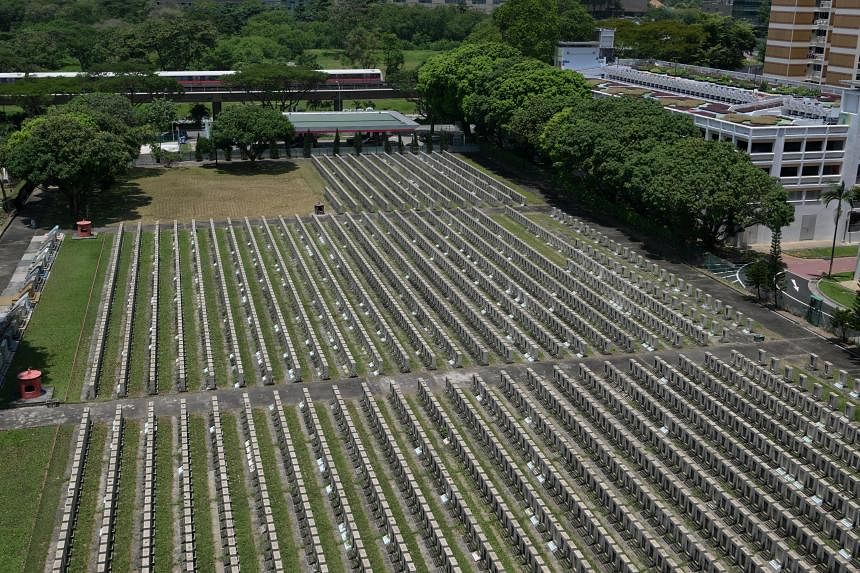SINGAPORE – A cemetery in Commonwealth has shut its gates to the public to the dismay of residents of the nearby estate who have for decades crossed its hushed grounds as a shortcut to the main road.
The closure adds at least five minutes to the time taken to reach the bus stop and Commonwealth MRT station, residents say.
Shuang Long Shan cemetery has been a fixture in the Holland Close housing estate since it was built in the 1960s. The last Hakka graveyard in the country, its 1.8ha plot – about the size of 2½ football fields – sits between a cluster of flats and a busy road.
Inside, some 2,700 tombstones stand, white and upright in uniform rows.
For nearly 50 years, residents have eschewed the public path encircling the cemetery, preferring to cut across the private burial grounds to exit the estate.
They said the more circuitous public path involves a slight uphill climb, unlike the flat path through the cemetery.
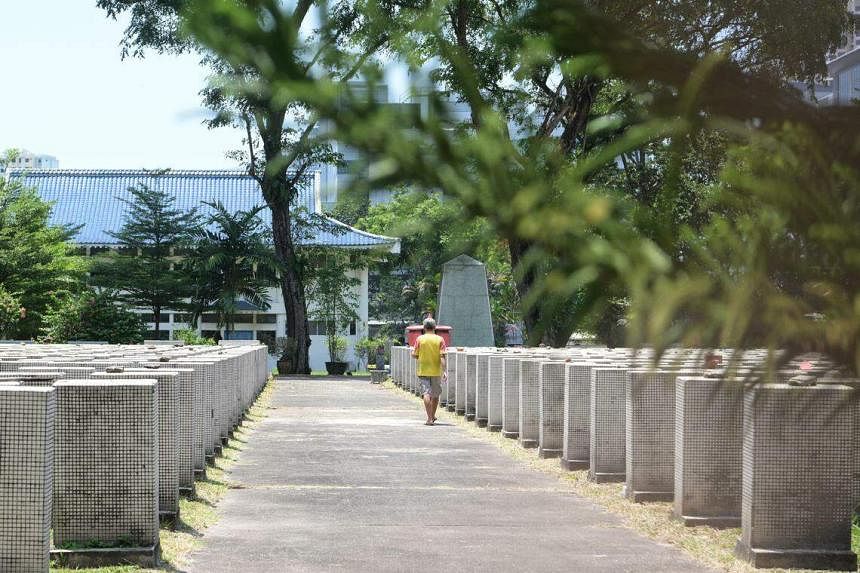
Mr Low (who declined to give his full name), a resident of 10 years, said crossing the cemetery had been a daily affair for him. He said: “At night, I am not afraid to walk here even though it’s quite dark because there are no street lamps. I wasn’t scared.”
But just before the Covid-19 pandemic struck, the Hakka clan association that owns the cemetery erected gates at the entrances and put up “no trespassing” signs, said Facebook user Jebat Silat in a post on the Complaint Singapore Facebook page in early September.
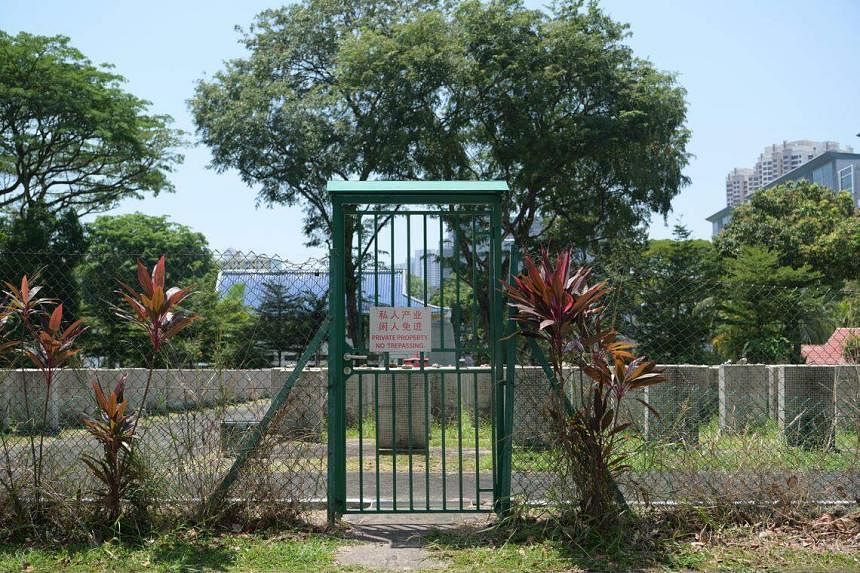
Long-time residents interviewed by The Straits Times expressed mixed feelings about the closure.
“I’m frustrated,” said Mr Low, 40. “I hope they will open – 10 out of 10 of the people living in Block 32 will say, ‘Please open’.”
Others were more equable. “Honestly I have no feelings,” said Mr Hong, 84, a resident of more than 50 years.
He used to tend to a garden in a corner of the cemetery. “For 30 years, I grew all kinds of vegetables, even herbs, for my cancer-stricken neighbours,” he said. “Now all my plants are dead.”
“I did it for the exercise,” he added, “but now I just walk. It’s a shame but since it’s private land, what can you do?”
Mr Li, who is in his 80s, said he was resigned to the inconvenience.
“It’s a hassle but if the owners don’t want to open, then it can’t be helped,” said the resident of 30 years.
A spokesman for the People’s Association said it was aware of residents’ feedback and is in talks with the Hakka clan association to “discuss possible solutions”.
A worker at the cemetery told Chinese language paper Shin Min Daily News that the gates were built to keep drug addicts out.
Ying Fo Fui Kun, the clan association that owns the cemetery, declined to give reasons for its abrupt closure but said a committee would review the matter on Sept 23.
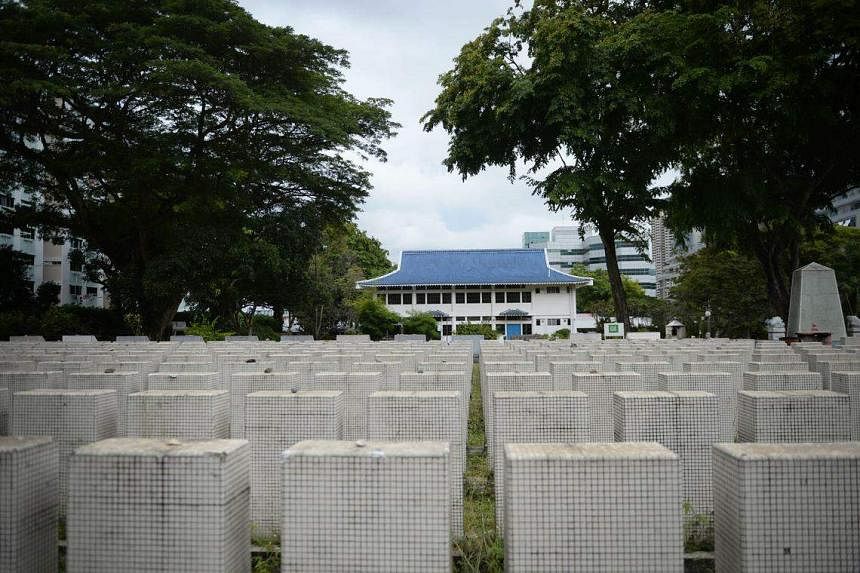
Rows over private land are not unprecedented. In 1992, some Serangoon Garden residents took Serangoon Gardens Country Club to court after it announced plans to close a foot bridge residents had been using for more than 30 years.
The bridge cut across the club’s land but residents protested that its demolition would add 500m to the walk to Chomp Chomp food centre and shops off Serangoon Garden Circus.
A four-year legal battle ensued. In an early victory for residents, the court ordered that the path be restored after the club began demolition works.
The litigants eventually settled out of court and Serangoon Gardens Country Club built an underpass to replace the contested foot bridge. The underpass still exists today.
Associate Professor Edward Ti, who teaches law at the Singapore Management University, told ST the legal right to cross someone else’s land is called an easement.
Asked if the Serangoon Garden case might be authority for an easement at Shuang Long Shan cemetery, he said: “In the Serangoon Garden case, no decision that there was an easement was actually granted.
“Under Singapore’s Land Titles Act 1993, easements cannot be acquired through long, continued use. They can only be created through registration – in effect, by consent.
“So the fact that the path was open to the public for a long period does not give residents recourse to stop its closure.”
The Serangoon Garden case might have pre-dated the effect of the Land Titles Act, he added.
As one of the last remaining urban cemeteries, Shuang Long Shan is a rarity in built-up Singapore. Once a 40ha sprawl, the grounds were whittled down to the present 1.8ha after the state began acquiring Chinese clan burial grounds for redevelopment in the 1960s.
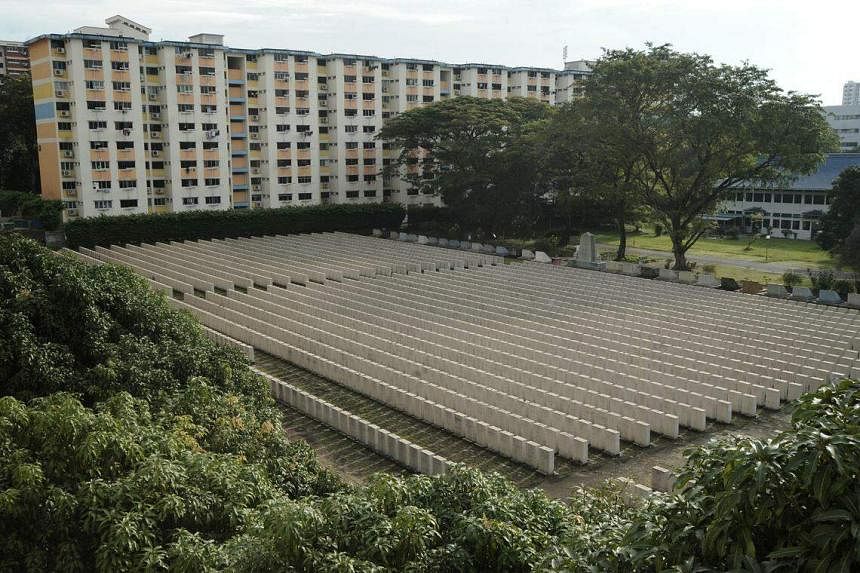
The tombs were then built by the Housing Board in 1965 to rehouse the bones from the exhumed graves.
In the more than half-century since, residents have grown attached to the place.
“The closure (of the shortcut) hasn’t affected me because I don’t use it as a Christian,” said Holland Close resident since birth Michelle Lim, 35.
“But it’s a bit sad when things change.”
